Which iPad Should I Buy? The Best iPad for Every Need
What's the best iPad for college students? What's the best iPad for creative professionals? We'll break down the options here.


When you're looking for a new iPad, there's a lot to consider. An iPad is a significant investment, so you want to make sure you get one that best fits your needs, whether that's budget or performance requirements. Let's look at the different iPad options and see which is right for you.
Which iPad Should I Buy?
I remember when I bought my first iPod back in 2005 I was convinced I needed the newest, highest-end version for the purchase to even be worth it. A lot of this might have been teen logic; but even in adulthood, there is a certain amount of security I feel when considering the newest and most expensive version of something. It's the best there is, right? Well, not exactly. A few years after my fated video iPod purchase, I let someone talk me into buying an 18-inch Dell laptop because of all its amazing processing power, and was stuck hauling this monster to my college classes when all I used it for was Word and watching a few videos. I learned the hard way that it's important not to fall into the "bigger is better" trap. Yes, the iPad Pro is an excellent choice for many, but what about an iPad Air vs. iPad Pro or a regular iPad vs. iPad Pro? Different people have different needs and budgets, so let's look at which iPad is right for which person. When you're done, be sure to sign up for our free Tip of the Day newsletter for additional guides and tips on the latest Apple devices and new features of the upcoming iPadOS 16.
Which Model Is Best for You?
- Apple iPad
- Best iPad for: Family sharing, Budget-conscious users
- iPad Air
- Best iPad for: College students, teachers, creatives looking to sketch, professionals wanting to take notes
- iPad Pro
- Best iPad for: Graphics design professionals, users replacing their laptops, video & audio editing professionals
- iPad Mini
- Best iPad for: those needing the smallest Apple tablet available
- Older Models & Used iPads
- Best for: Those wanting to trade some reliability and the latest features for a cheaper price tag
Apple iPad (from $449)
Who the iPad Is Best For:
- Casual users and those on a budget
- Families sharing one device
- Those looking for a bigger screen than an iPhone but similar functionality
The iPad base model has always been a reliable choice for those without extensive needs. It does what it needs to do, and sports the lowest price tag (even lower than the iPad mini). Between its smaller size, relatively low price, and basic functionality, it could be a great contender for kids or shared family use, depending on the household's needs. It's an ideal fit for those who are looking for similar use as their iPhone but want a bigger screen, whether for touchscreen precision or magnification. Its small size lends itself well to travel, but its cameras are less than impressive, though we did see a bump from an 8MP Wide Camera to a 12MP Wide Camera between the 9th and 10th generations.
Other frustrations of this model include that it only works with the first-generation Apple Pencil, and while it supports smart keyboards, it does not support Apple's Magic Keyboard. The 10th generation iPad worsens this problem by sporting a USB-C port rather than a Lightning port, when the Apple Pencil 1 charges via Lightning cable. This means, in order to use charge the only Apple Pencil compatible with this iPad, you'd need a Lightning to USB-C adapter. This alone is enough for me to pull my recommendation from the iPad 10, but they've also added in a hefty starting price hike from $329 to $449. It's also pulled the Home button, so those who relied on that will want to steer clear of this option.
However, the iPad 9 is still available in the Apple Store, so if you're wanting to go with a base iPad, I recommend springing for that. You'll have to forego some cute color options, a slightly faster processor, and a better camera, but all-in-all the lower price tag and better Apple Pencil integration are worth it.
All-in-all, casual users would do well with a basic iPad (but please, choose the iPad 9), but those with more specific requirements may find it limiting.

Pros
- Portable
- Budget friendly
- 10th-gen supports Magic Keyboard Folio
Cons
- Limited storage
- Not compatible with Apple Pencil 2 or Magic Keyboard
- Newest model requires an adapter to charge the Apple Pencil
iPad Air (from $599)
Who the iPad Air Is Best For:
- Professionals looking to sketch or take notes
- Those looking for a balance between functionality and price
- Teachers or college students
At 10.9 inches, the fifth-generation iPad Air is still on the more portable side, but is noticeably bigger than the base model. This can make it a little more challenging to travel with, but it's still comfortably lightweight, slightly lighter than the base model iPad. Out of all the current models, it offers the most color options, which gives the design extra charm. It also uses the M1 chip, which provides better processing speed and multitasking capabilities compared to the A14 Bionic chip used in the iPad and the A15 Bionic in the iPad mini. In fact, it uses the same M1 chip present in the current iPad Pro, which is the same as what's in the new MacBooks. The iPad Air is a happy medium of functionality and price, great for lighter work, such as sketching or, in my case, proofing magazine pages. It's also compatible with the Apple Pencil 2 and the Magic Keyboard, offering some higher-tech outfitting options. As a powerful, but balanced iPad option, it's a great model for students and teachers using a tablet for note-taking. If you're in one of those categories, be sure to check out our article on how to get an education discount from the Apple Store.
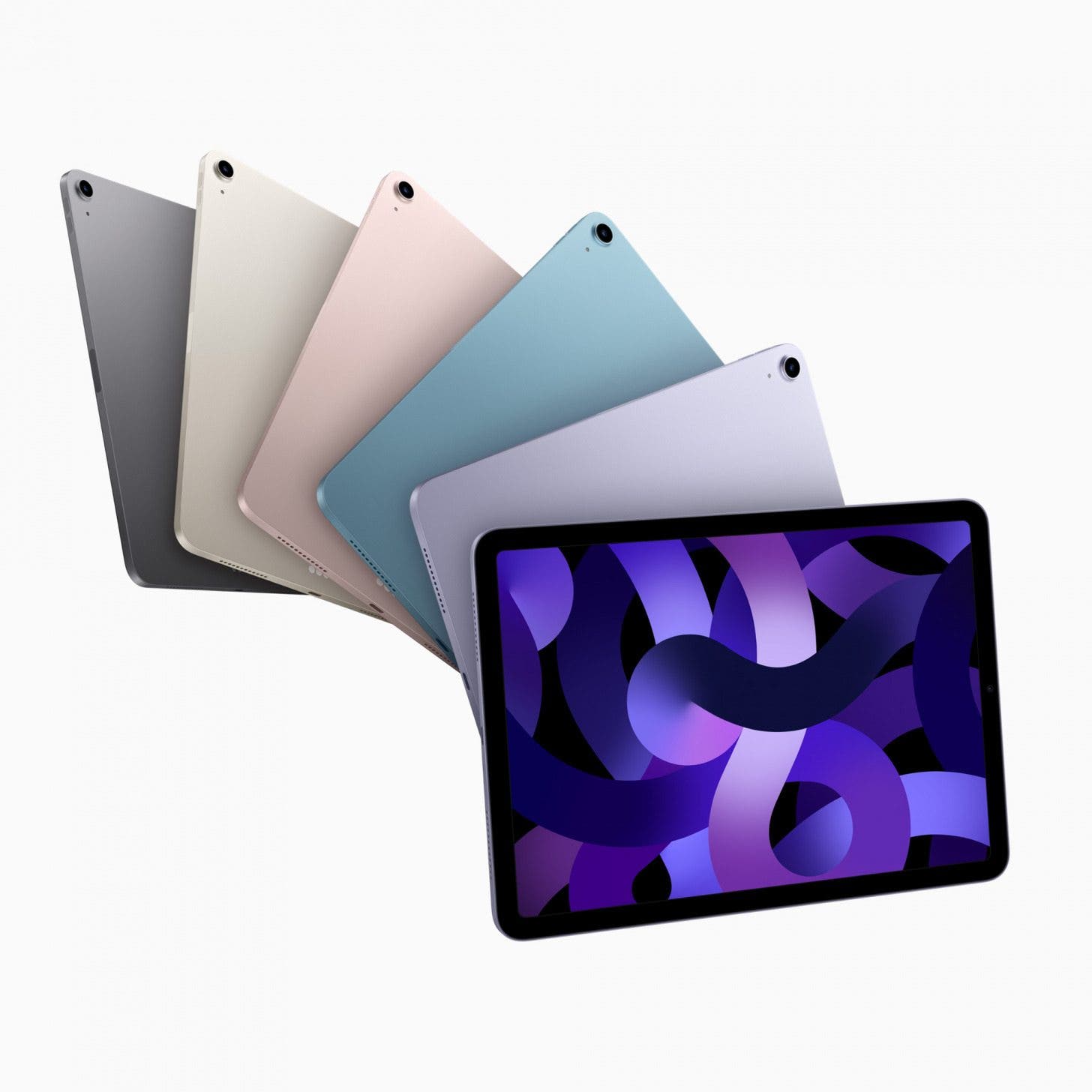
Pros
- Better processing power than the iPad
- Lightweight and portable
- Most color options
- Apple Pencil 2 and Magic Keyboard support
Cons
- Limited storage
- More expensive than the iPad
- Cannot replace a laptop as fully as the iPad Pro
iPad Pro (from $799)
Who the iPad Pro is Best For
- Professional artists or musicians
- Photo & video editors, graphics designers
- Those looking to replace their laptops entirely
Is the most expensive the best? Is the iPad Pro worth it? In many ways, yes. With Apple's new M2 chip in the latest iPad Pros, processing power is closing in fast on the MacBook. This is definitely the best option for those looking to replace their laptops entirely with an iPad. The cameras also rival, if not surpass, the iPhone 14 and 14 Plus. You can choose between an 11-inch and a 12.9-inch display, which opens a lot of possibilities for drawing and design, but significantly hinders transportability. The iPad Pro is an excellent choice for those looking for serious functionality, such as designers and video makers, but the price tag and the size may be deterrents to many. Another plus for professionals is the storage options, which go all the way up to 2 TB, but the average person isn't going to ever need that much storage on one device, so the casual user won't benefit.
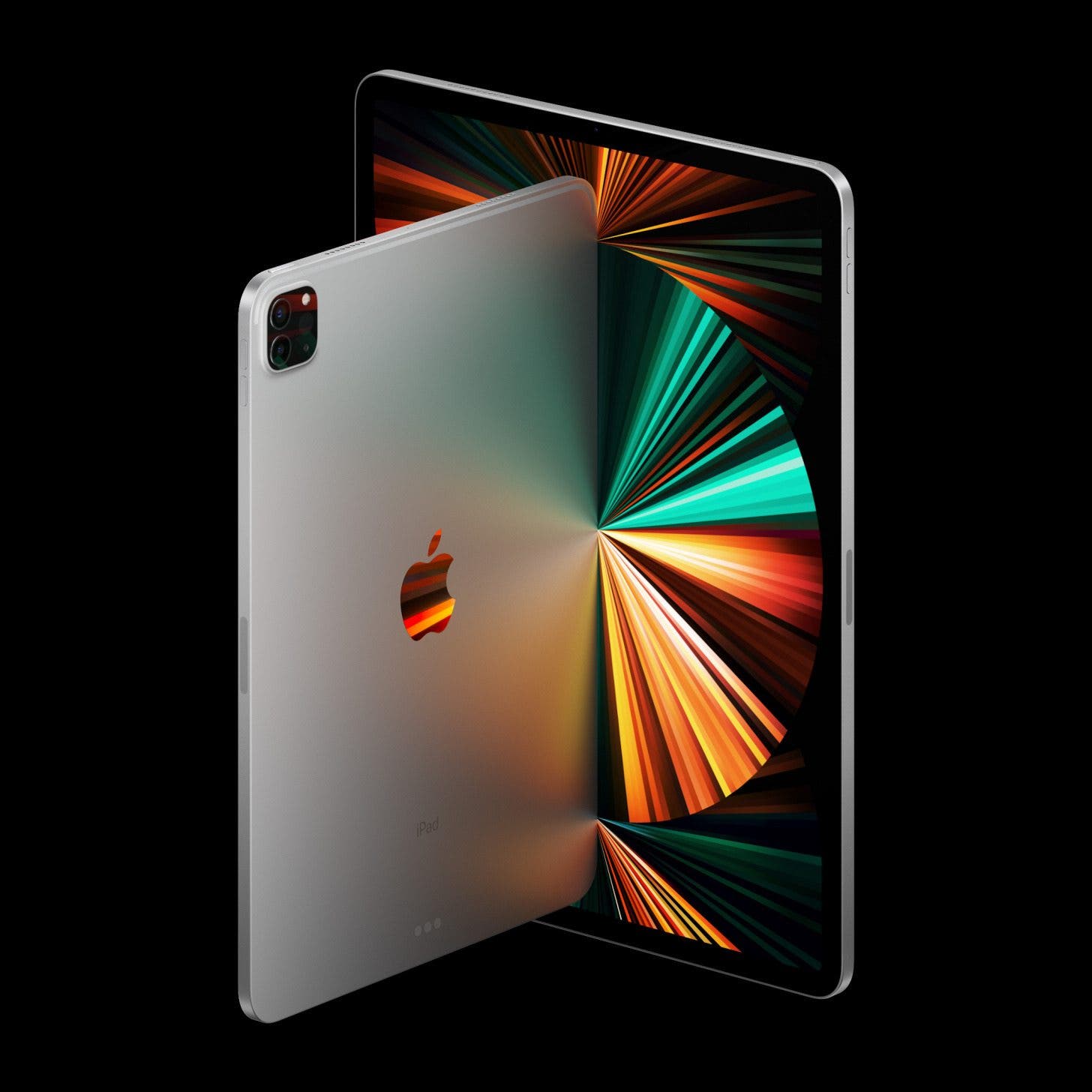
Pros
- Near computer-level functionality
- High quality cameras
- Large screen
- Lots of storage
Cons
- Expensive
- Larger and heavier than other models
- Many of the features that drive up the price won't benefit a casual user
iPad Mini (from $499)
Who the iPad Mini Is Good For:
- Those with small hands and/or limited mobility
- People whose priority is portability
The iPad mini is a bit of a head-scratcher because even though it's the smallest in size and extremely limits external gear options (it supports the Apple Pencil 2 but only Bluetooth keyboards), its price tag is actually higher than the iPad base model. At 8.3 inches, it is significantly smaller than all the other iPad options, which can be very beneficial to those with smaller hands and limited mobility, plus it's by far the most portable option. It currently boasts a more powerful processor than the base model iPad as well as a better camera. The base model is rumored to be getting a new version very soon, however, so unless a smaller screen and/or portability is your top priority, you might want to keep an eye out for that, first.
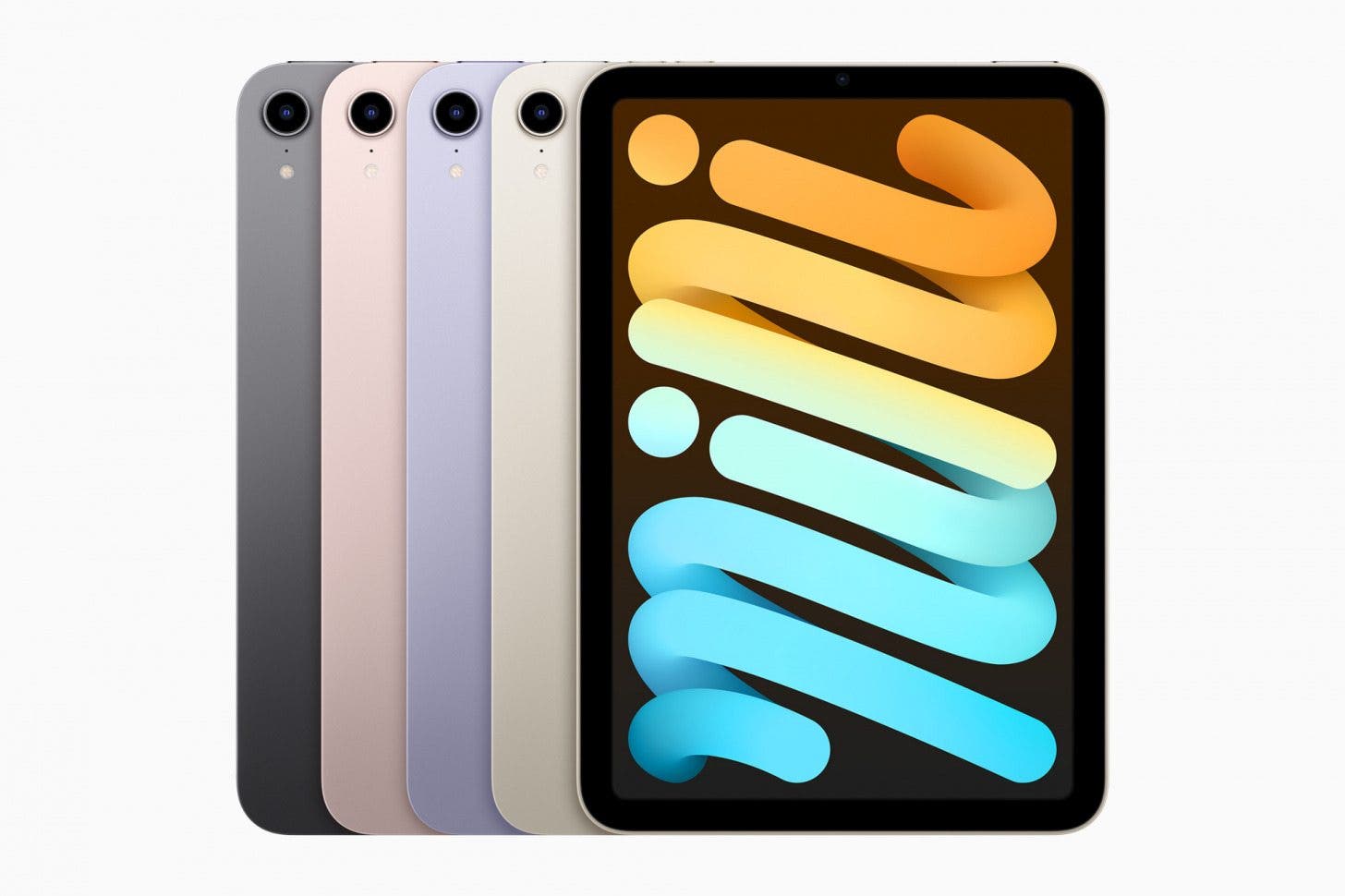
Pros
- Small screen size
- Portable
- Still within budget pricing
Cons
- More expensive than the iPad base model
- Limited functionality
- Limited external gear options
What About Older Models & Used iPads?
If you know what you want, but don't like the price tag, it's worth looking into either getting an older model or a used device. Stores will often discount previous models when a new one is released, as long as they still have it in stock. Other times, however, you might not be able to find new versions of any previous model at all, and way want to look into pre-owned, refurbished models. Here are some things to consider while looking at older models:
- Whether you can get it from a reliable source, such as a store or chain you trust rather than someone on the internet promising it works
- How much of a discount you're getting compared with the newer model
- What functionality and features you're losing by going back a step
It's important to remember that many people were entirely satisfied with their top-of-the-line devices just last year until this new one was announced. If you have an idea which kind of iPad you want, but don't want the price tag and don't necessarily need all the new features, an older model might be the way to go.

Amy Spitzfaden Both
Amy Spitzfaden-Both is the Managing Editor for iPhone Life magazine and an award-winning novelist, with over 10 years of experience in the publishing industry. She specializes in Apple news and rumors, health and fitness tech, and parenting in the digital age. She graduated from MIU with a BA in Literature and Writing.
Amy lives in New Hampshire with her husband and daughter. When she’s not writing or glued to her iPhone, she enjoys hiking, traveling, and creating her own tea blends.
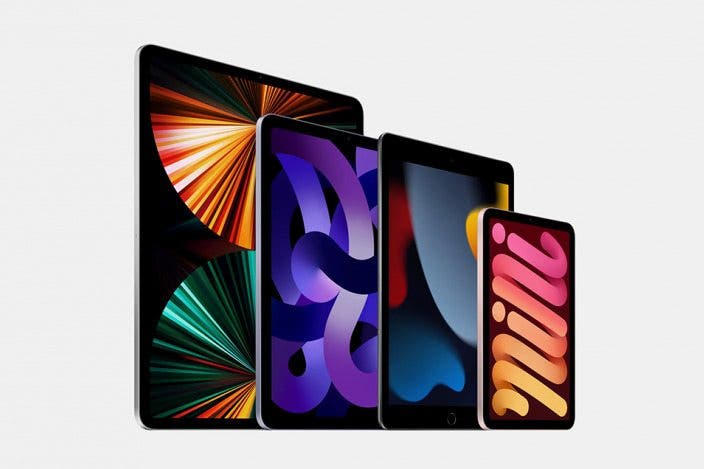
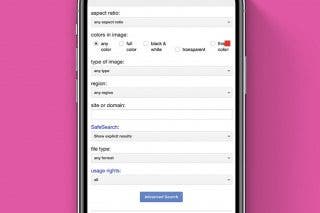
 Olena Kagui
Olena Kagui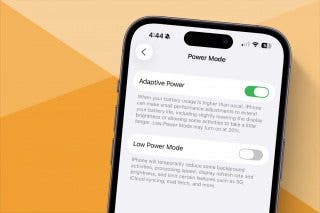
 Amy Spitzfaden Both
Amy Spitzfaden Both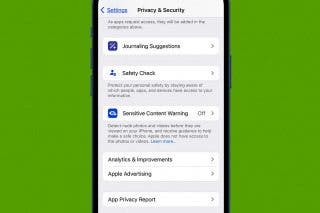
 Leanne Hays
Leanne Hays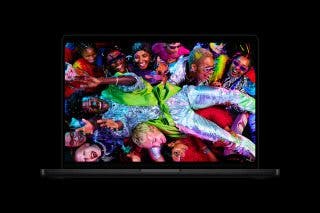
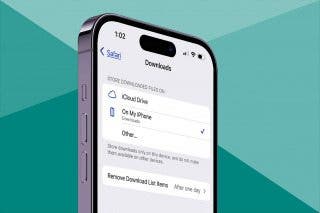
 Rhett Intriago
Rhett Intriago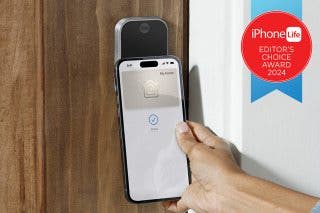
 David Averbach
David Averbach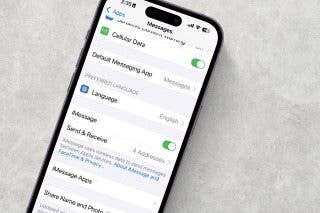
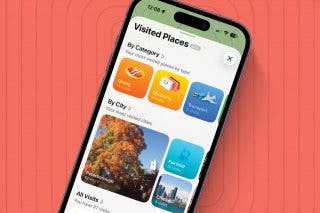
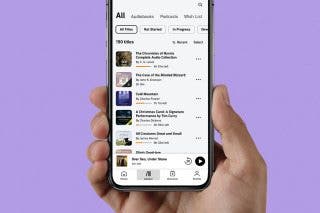
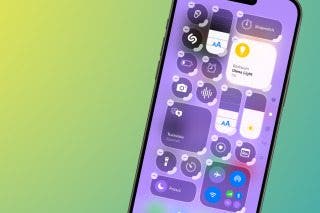

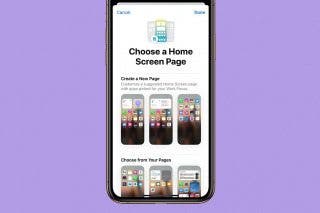
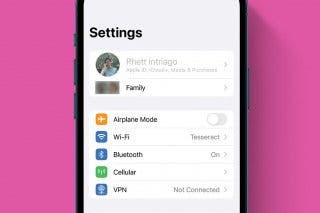

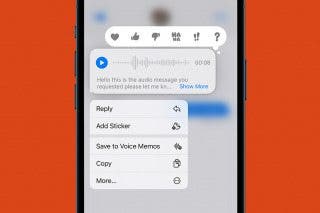

 Rachel Needell
Rachel Needell